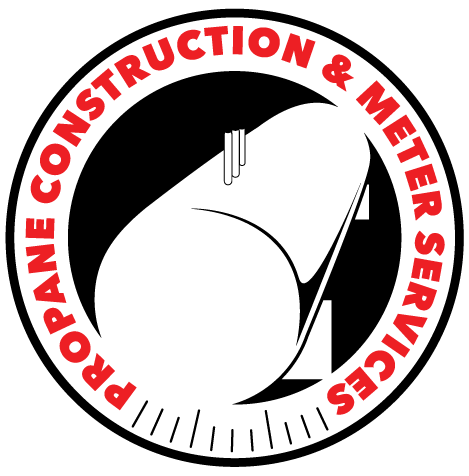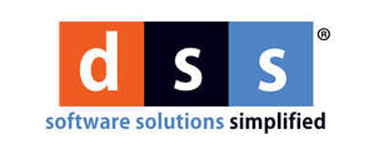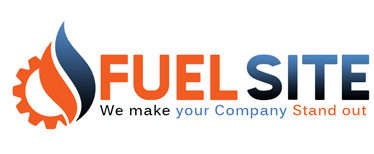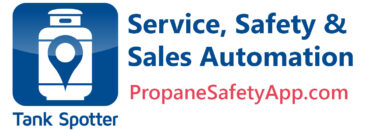Unlocking the Power of Effective Meetings: A Compass for Success

In the age of back-to-back Zoom calls and virtual meeting marathons, the value of an effective meeting cannot be overstated. Yet, the toll of a bad meeting can be mind-numbing and exceptionally costly. Yes, you read that right: poor quality meetings can be expensive.
Lost Time = Lost Money
As the old saying goes, time is money, and data confirms that we’re overspending in meetings. Microsoft’s research reveals that the most active 25% of its app users spend nearly 8.8 hours per week on emails and 7.5 hours in meetings. Astonishingly, these users dedicate 57% of their time to work communication tools. It’s a staggering realization, prompting many to question the status quo.
The Actual Cost of Meetings
Consider Shopify, the global e-commerce powerhouse with thousands of employees and a market cap of $66 billion. In a bold move, Shopify eliminated 12,000 regularly scheduled meetings from their internal calendars in January, reclaiming 322,000 hours of valuable time – equivalent to nearly 37 years of collective hours. Not stopping there, they imposed restrictions on creating new meetings. To further curb unnecessary meetings, employees developed the Meeting Cost Calculator. This tool integrates into Shopify’s calendars and computes the dollar cost of a discussion based on attendee count, salaries, and duration. A half-hour meeting with three employees? That’s potentially $1.6k down the drain.
Is this an overreaction? Possibly. But it may be a necessary one. Eliminating useless meetings could save over $2 million annually for companies with over 100 employees and over $100 million for those with more than 5,000 workers. Moreover, Shopify reports an impressive 18% year-over-year increase in shipped projects.
Meetings Take a Mental Toll
The ease with which we can schedule meetings, especially in the virtual realm, presents both a blessing and a curse. Excessive meetings can erode precious time for focused work, akin to interrupting a great artist with random, uninspiring distractions. The impact is diminished creativity, misplaced team objectives, burnout, and reduced job satisfaction. Worse yet, one ineffective meeting often cascades into a pattern of unproductive gatherings.
Conversely, well-organized meetings fuel team alignment, chart pathways to goals, and ignite innovation. They not only save businesses money but help generate more revenue.
The Meeting Agenda of Compass
Meetings are the compass of our professional lives, either guiding and directing us toward success or leading us astray. While meetings are a necessary evil for all businesses, especially those with remote teams, they don’t have to be insufferable wastes of time. Here is a guide to making them more effective and enjoyable.
Introducing the COMPASS, a meeting framework with seven key components, just as an actual compass has seven points:
1. The Compass
Meetings should begin with the CEO’s opener, where the tone and direction of the gathering are set. This is the most valuable time of the entire meeting, so make it count. Deliver an update that benefits everyone, highlights a company value, or showcases a significant metric to illustrate growth or areas needing more focus.
2. Content Calendar & Events
This section isn’t for monotonous recitation of monthly schedules that can easily be read on a calendar, but for highlighting and discussing crucial content and events that demand collective attention.
3. Testimonials & Feedback
Review together what customers are saying about your company. Celebrate any positive feedback, as that can be very motivating and great for employee morale. Conversely, take note of negative feedback and use those points as opportunities for growth through constructive criticism. Take the time to collectively brainstorm solutions to company issues that have been noted.
4. Issues & Ideas
Encourage the team to bring forward internal issues and innovative ideas. Collaboration thrives when these discussions occur openly. Foster an environment where creative suggestions are welcomed as opportunities to help the team and the company as a whole improve and grow.
5. Business Unit Breakouts
Ensure that department leaders share only relevant information that benefits the entire team. Using employees’ valuable time to discuss issues that only pertain to a few people is wasteful. Smaller departmental meetings and one-on-one conversations are the proper avenues for discussing details and minor concerns.
6. Resources & Links
Create a hub for essential and recurring links, such as KPI scorecards and calendars for content and events. Be sure everyone is aware of these resources and encouraged to regularly utilize them.
7. Meeting Summary
Use human and AI resources to take notes and assign action items for accountability. Meetings and ideas are meaningless unless follow-up actions are taken.
Hopefully, the COMPASS model will help your company find its way out of the woods and into the realm of staying organized and motivated.
In business, how you consistently spend your company’s time is critical to its success and to the success of every member of your team. Be intentional about your meetings, for they can be either time well spent or time wasted. And, once again, time wasted equals money wasted. View meetings as valuable investments in collaboration, innovation, and team-building, and watch your company begin to head in the direction of true north.






















